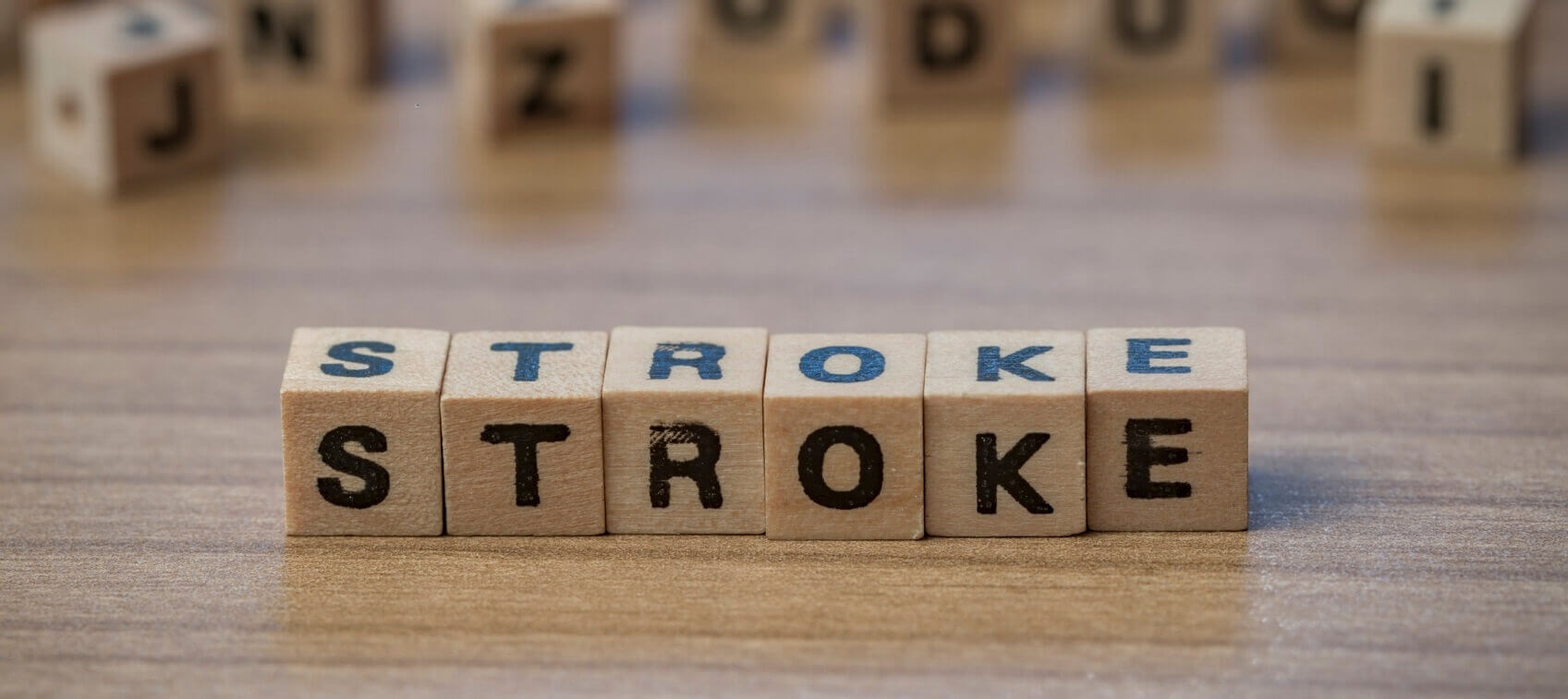
It used to be that only people over the age of 65 needed to worry about having a stroke—but the medical community is finding that people are having strokes at much younger ages. In a study published in the journal Neurology, researchers reported that 15% of all strokes are now occurring in people between the ages of 15-44. And in this era of COVID-19, younger patients are having strokes due to complications from coronavirus infection.
One of the biggest problems with strokes in young people is that they often go undetected, until a more major stroke occurs. In the Stroke in Young Fabry Patients Study, researchers looked at the MRI results of 5,023 patients ages 18-55 who had a recent stroke. What they found is that 20% of those who thought they were having a first stroke had signs on their MRI that they had previously had a stroke and didn’t know it.
What Causes Strokes in Young Adults?
There are two types of strokes: hemorrhagic and ischemic. Hemorrhagic strokes, which are caused by a blood vessel burst inside the brain, are often fatal and a challenge to treat—but occur far less often than ischemic strokes.
Most strokes (85%) are ischemic in nature. They’re caused by plaque or a blood clot that’s blocking the artery leading to, or within, the brain. Ischemic strokes are highly influenced by controllable lifestyle factors, such as diabetes, high blood pressure, and obesity. Since more people are developing these stroke risk factors at younger ages, the average age for an ischemic stroke is going down.
There is also recent evidence showing that blood viscosity increases (thickens) with exposure to EMF technology, including cordless phones, cellular phones, and Wi-Fi. This may be a contributing factor to the thickening of the blood that can lead to a heart attack or stroke in young people.
How to Recognize a Stroke
One of the biggest challenges with strokes in young adults is that many people (doctors included) don’t suspect strokes in their younger patients. Therefore, stroke symptoms are often missed or dismissed, delaying critical treatment.
In fact, years ago a friend took a tumble at a barbecue. While others wanted to call the paramedics, she just shrugged it off that her new shoes had caused her to trip. Later that night, she was taken to the hospital where her stroke was diagnosed and unfortunately she couldn’t be saved.
Symptoms of a stroke can include:
- Garbled or slurred speech
- Confusion and difficulty thinking
- Weakness or numbness on one side of the body, or even a foot
- Vision changes, either in one or both eyes
- A loss of balance or coordination
- Dizziness
- A severe headache
Plus, it’s important to note that for women the symptoms of a stroke can be harder to recognize, including hiccups, nausea, fainting, and seizures.
If you have these symptoms and they disappear within a short period of time it’s important to discuss that with your physician since you may have had a transient ischemic attack (TIA). A TIA is often called a “warning stroke” because can be followed by a full-blown stroke if the underlying issues aren’t treated.
If You Suspect Someone Is Having a Stroke, Ask Them to Smile
For the best outcome, you want to seek treatment right away. If you think someone may be having a stroke, just remember the first four letters of the word “stroke” by asking these four things:
- S: Ask the person to SMILE. If one side of their mouth droops, that can signal a stroke.
- T: Ask him or her to TALK and speak a simple sentence coherently.
- R: Ask the person to RAISE both arms.
- O: Ask him or her to stick OUT their tongue, which should be straight.
If the person has trouble with any of these tasks, you want to call 911 immediately. But with early treatment the damage can be greatly mitigated. So, when in doubt seek medical attention immediately.
One more note: If you’re lucky enough to live near a facility that does hyperbaric oxygen, early treatment can reverse damage that could otherwise be permanent. This is something you can discuss with your physician.
Reference
- Aneesh B. Singhal, MD et al. Neurology 2013.


